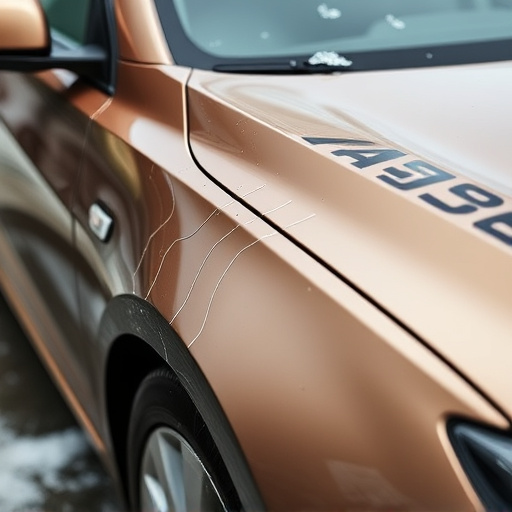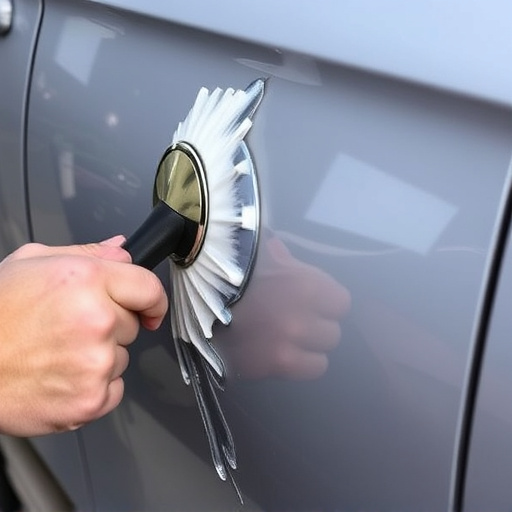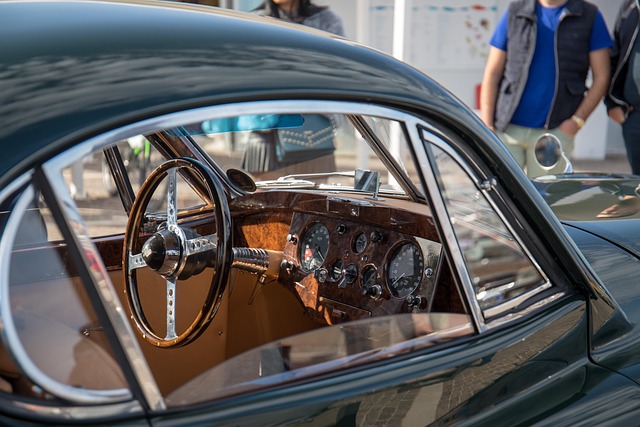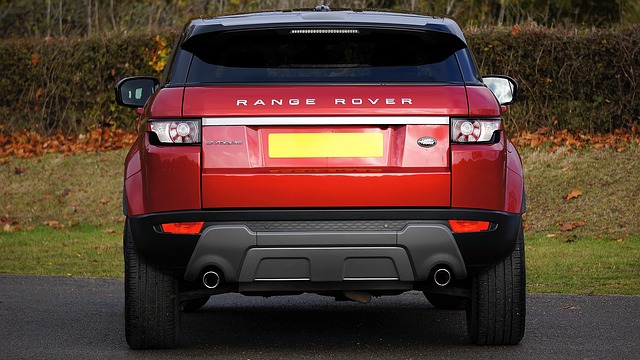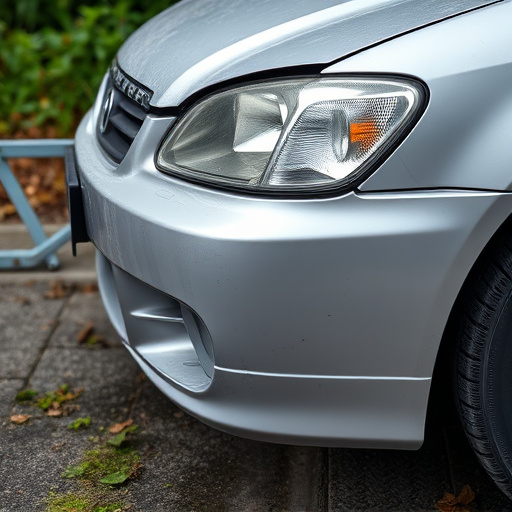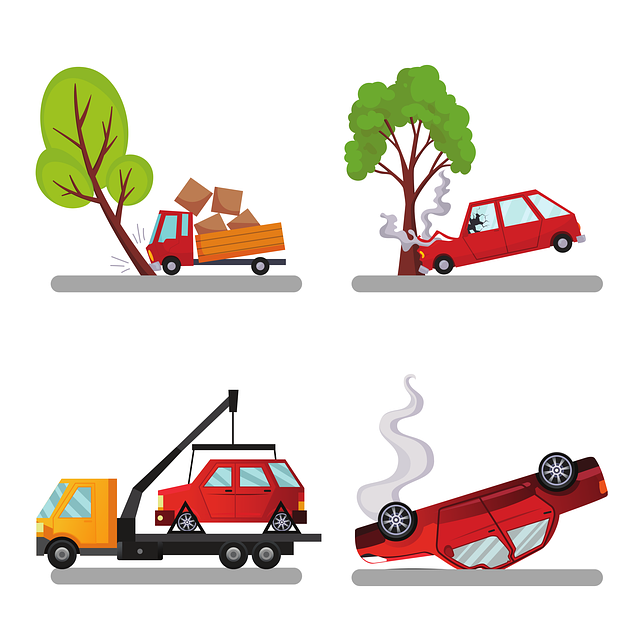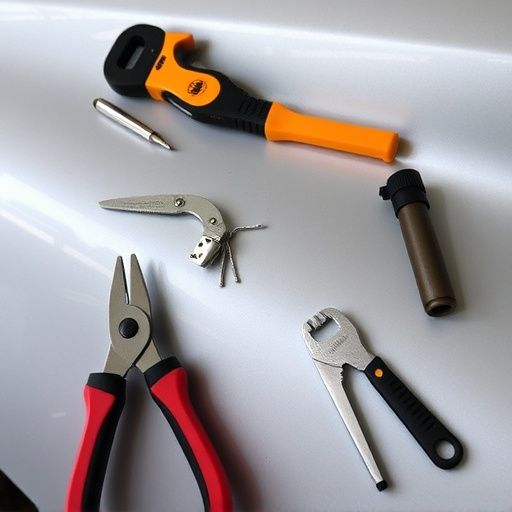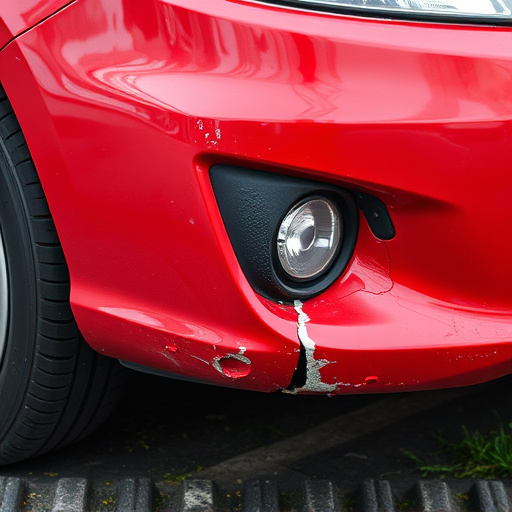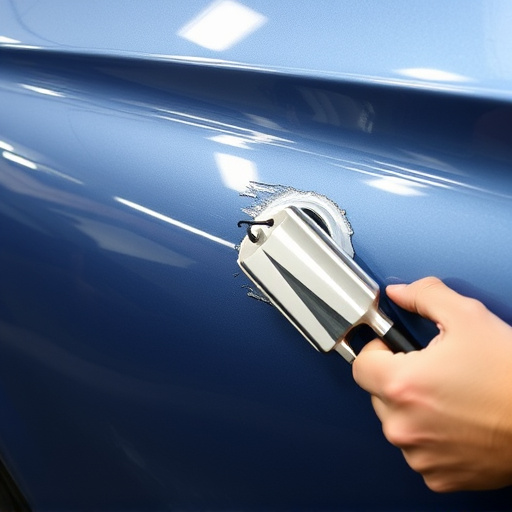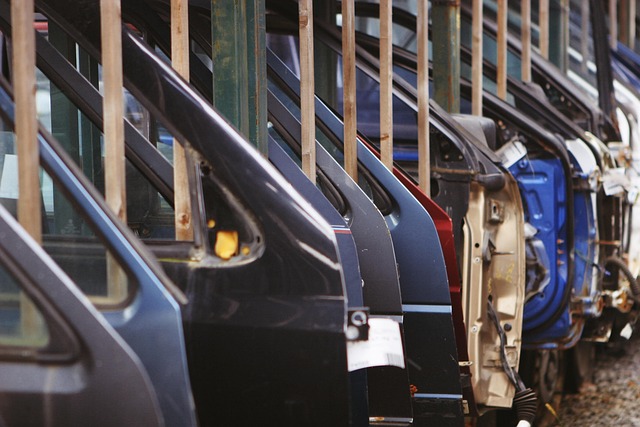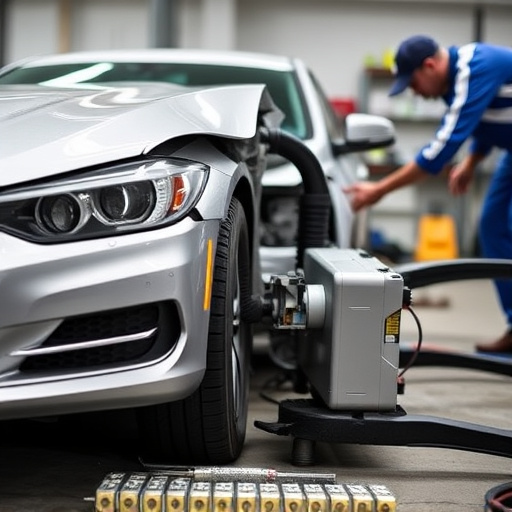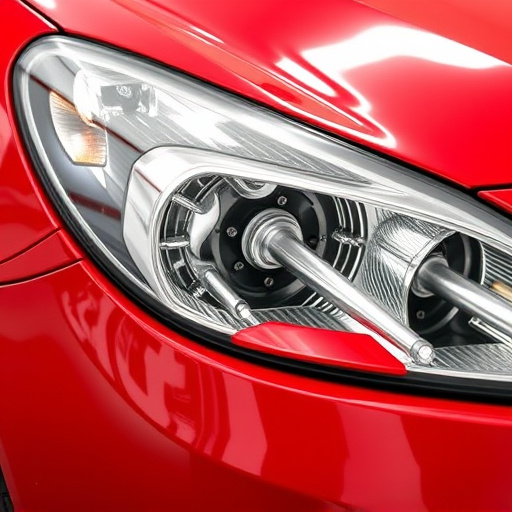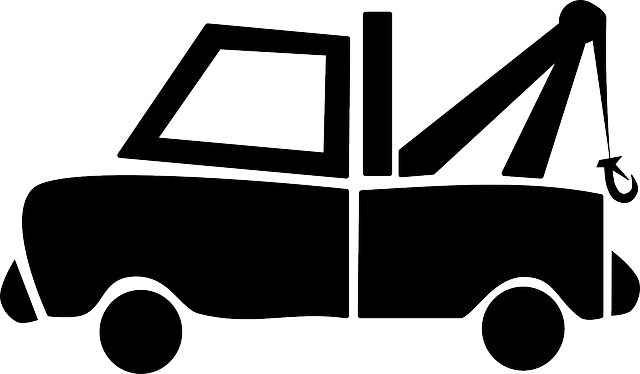Paintless Dent Repair (PDR) for aluminum panels is an advanced, non-invasive technique that preserves original finishes and colors, reduces downtime, labor costs, and environmental impact compared to traditional methods, and streamlines vehicle restoration processes tailored to aluminum's lightweight yet durable properties. PDR minimizes damage, avoids metalworking, offers quicker turnaround times, reduced labor costs, and eco-friendly benefits, making it ideal for classic car restoration and popular among environmentally conscious consumers. With growing demand for efficient and sustainable solutions, PDR for aluminum panels is poised to revolutionize the industry.
The future of dent repair is here with the advent of Paintless Dent Repair (PDR) techniques specifically tailored for aluminum panels. This innovative, non-invasive method offers unparalleled advantages in terms of efficiency, cost-effectiveness, and environmental sustainability. PDR for aluminum panels revolutionizes automotive maintenance by preserving the original factory finish while minimizing waste and resources compared to traditional repair methods. Discover how this cutting-edge approach is transforming the industry.
- Understanding PDR: A Non-Invasive Repair Method
- Advantages of PDR for Aluminum Panels
- The Environmental Impact and Cost Savings
Understanding PDR: A Non-Invasive Repair Method
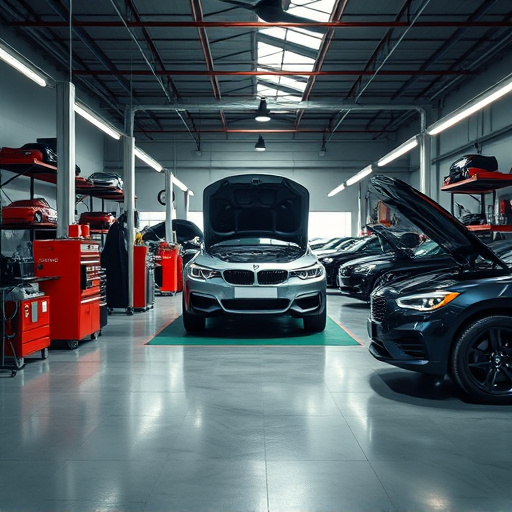
PDR, or Paintless Dent Repair, is a non-invasive method that has revolutionized dent repair, especially for aluminum panels. Unlike traditional bumper repair methods that involve sanding and repainting, PDR uses specialized tools to gently push out dents from behind the surface of the panel, without damaging the factory finish. This process preserves the original gloss and color of the vehicle, making it ideal for both minor dents and larger damages on aluminum car bodies.
In a collision center or auto collision center setting, PDR offers several advantages over conventional dent repair techniques. By avoiding extensive sanding and repainting, shops can reduce downtime, lower labor costs, and minimize the environmental impact associated with traditional bumper repair methods. This innovative approach not only ensures a flawless finish but also streamlines the overall vehicle restoration process.
Advantages of PDR for Aluminum Panels

PDR for aluminum panels offers several significant advantages over traditional dent repair methods, especially for automotive body shops specializing in classic car restoration. Firstly, it is a non-invasive technique that preserves the original integrity and value of the metal. Aluminum panels, known for their lightweight yet durable nature, can be delicate, making PDR an ideal solution as it minimizes damage and avoids the need for extensive metalworking. This method allows auto maintenance professionals to effectively restore classic cars to their former glory while maintaining the authenticity of the vehicle’s original parts.
Additionally, PDR is a more efficient and cost-effective process. Unlike cutting or welding, which can be time-consuming and require specialized equipment, PDR uses air pressure to smooth out dents. This efficiency translates into quicker turnaround times for customers, reduced labor costs for automotive body shops, and ultimately, a more sustainable and environmentally friendly practice. With its ability to restore aluminum panels to near-perfect condition, PDR is revolutionizing the way auto maintenance and classic car restoration are approached.
The Environmental Impact and Cost Savings

The environmental impact of traditional auto body repair methods can be significant due to the energy consumption and hazardous materials involved in the process. However, PDR for aluminum panels offers a more sustainable alternative. By eliminating the need for sanding, painting, and extensive use of chemicals, this non-invasive technique significantly reduces waste generation and air pollution. This eco-friendly approach not only minimizes the carbon footprint but also conserves resources, making it an increasingly popular choice among environmentally conscious consumers.
Moreover, PDR is cost-effective compared to conventional collision repair methods. The process saves on materials and labor by repairing dents without replacing entire panels or using heavy machinery. This translates to lower expenses for both car owners and auto body shops, especially in the long term. Given the growing demand for efficient and sustainable solutions, PDR for aluminum panels is poised to revolutionize the auto body repair industry, offering both environmental and financial benefits.
PDR for aluminum panels represents a significant advancement in dent repair, offering both environmental benefits and cost savings. By employing this non-invasive method, professionals can efficiently restore damaged vehicles while minimizing waste and energy consumption. As the demand for eco-friendly practices grows, PDR becomes an increasingly attractive option for the automotive industry, ensuring a brighter, more sustainable future for dent repair.
